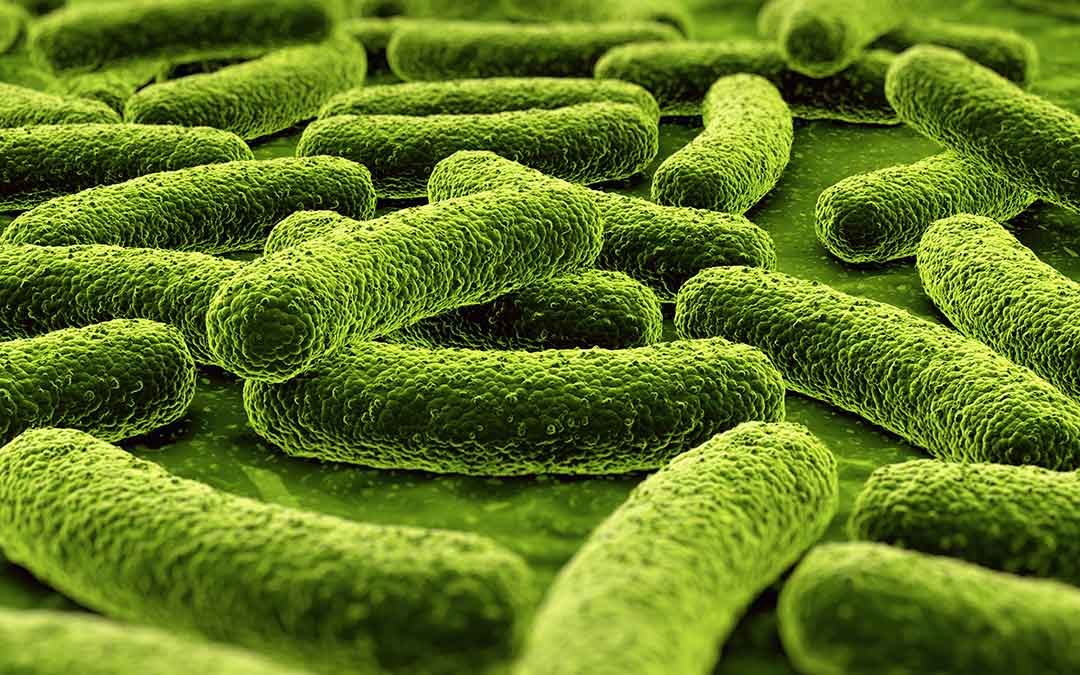Did you know that flooring contains plenty of dangerous bacteria and germs?
Soil from outside, spillages, and pet mess are the main sources of household bacteria and germs. These microorganisms settle in grime, dirt, and debris.
General routine cleaning your flooring mainly aids in removing dust grime and loose soil from the surface but does not keep unsighted microorganisms away.
So, instead of playing Russian roulette with the five-second-rule whenever you drop food, you need to find ways of disinfecting your floors.
Disinfecting Using White Vinegar and Water
White distilled vinegar is a non-toxic, natural cleaning agent that’s suitable for removing germs from hardwood floors. The acidic nature is especially effective when killing pathogens.
To use vinegar on hardwood, laminate, or tile and stone flooring:
- Remove lingering dust and lose debris with a vacuum or microfiber cloth duster
- Mix a half cup of distilled white vinegar in a gallon of water
- Dip mop in the solution and completely wring out to avoid water puddles on the surface
- Damp-mop every floor part and corners, then rinse and wring out frequently to remove bacteria and collected soil
- Dry floor using a dry soft towel to remove excess moisture film and standing water
To disinfect your carpet flooring with vinegar:
- Vacuum floor thoroughly and in all directions to remove debris and loose dirt
- Combine up to four cups of white vinegar with warm water and mild dish soap
- Scrub the carpet using a brush or soft cloth so it is a little wet but not soggy
- Take it outside to dry or open windows to let air circulate in the room, turn on fans to help it dry quickly
Disinfecting by Steam Cleaning
Steam cleaners use high-temperature steam to naturally kill most household germs and bacteria. Since the method utilizes only water, it is regarded as a natural disinfecting method for laminate flooring.
Some steamer models are specifically designed for use in environments for individuals who suffer from allergies or asthma, or are environmentally-conscious and would rather not pollute the air with chemicals and fumes. These units have a dry vapor system that kills:
- Mildew
- Viruses
- Mold
- Bacteria
However, some wood and laminate flooring manufacturers dissuade homeowners from using steam cleaners since incorrect use can damage the floor. Before steaming your floor, make sure that it is properly sealed for hardwood flooring and set the device to produce dry steam with little water for faster drying, especially when working on carpets.
Note:
Before using any cleaning product on your flooring, make sure you read the manufacturer’s recommendations and instructions. Plus, perform a test on a small hidden section of the floor.
Overall, your hardwood, carpet, laminate, or stone & tile flooring can remain beautiful for decades with proper care. This is mainly through regular cleaning and using safe products and methods for disinfecting your floors. When using water-based cleaners, be careful to avoid standing water that can damage wood and carpet flooring.



